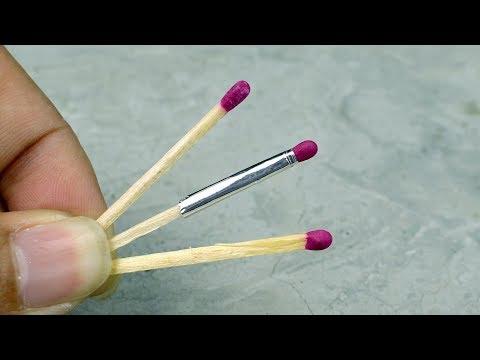Agfa Graphics can only work with aluminum of the highest quality when it comes to the printing press. This is done to ensure that the company always achieves the best results that are possible. At each and every one of the stages in the refining process, quality control is an absolutely necessary step. After that, each of the components are washed and filtered, and at the conclusion of the procedure, a whitish powder that is referred to as alumina is obtained. Processing normally requires two tons of bauxite to be done in order to produce one ton of alumina. Alumina is used in the production of aluminum.
A large cylinder made of cast iron is heated to an temperature of approximately 700 degrees Celsius in this scenario in order to melt alumina, which is then used to extract aluminum from the molten alumina. After going through the electrolysis process, the siphoned-off molten aluminum is now essentially the purest liquid aluminum that can be found. In this particular instance, it is pounded into enormous ingots that are 30 tons in weight and measure 9 meters in length. After that, these ingots will undergo additional processing, the specifics of which will be determined by whether or not they are destined for use in the graphic arts industry or the printing industry. You are going to be able to observe, as the temperature rises to 500 degrees Celsius, the transformation of these unprocessed blocks of aluminium plate supplier into coils. The temperature of the ingot is brought up to the same level on both the inside and the outside by this process.
Following that, approximately ten tons of steel ingots were rolled to a depth of approximately four millimeters, and an incredible length of two and a half kilometers was measured. Immediately after a one-of-a-kind code is affixed to each coil, aluminium plate supplier those coils are subsequently cooled down so that they can be moved to the cold rolling section at a later point in time. The required thickness of this material in the printing industry will be established by the use that will be made of it in the end. The standard range for this is somewhere between 0.03-0.03 millimeters. After this process is complete, the finished coils are sent to graphic coating plants that are located in different parts of the world.
You are about to see the coating process that will be used to transform these rollers into cutting-edge printing plates. This process will take place right in front of your very eyes. In this particular instance, we are touring the factory in Wiesbaden, Germany, which is located in the actors company, and while we are there, we can see a number of coils of varying wall thicknesses. In addition, we are able to observe the actors company. In this stage of the production process, offset plates are being fabricated from aluminum coils, which is a step that involves the transformation of aluminum coils into a different form. This method results in a production line that is more than 200 meters long and makes complete plates. This is because the continuous process involves performing all intermediate steps on the production line. The step of the process known as "unwinding" involves removing the aluminum plate from its coil so that it can be worked with individually. This allows the plate to be worked with more efficiently. The surface has taken on a textured appearance as a result of the electrochemical treatment. The actual coating section of the manufacturing process has finally arrived at this point, aluminium supplier and it is here that light or heat sensitive coatings are applied to the aluminum.
In order to verify the consistency of the coating on the products, CCD or laser detection systems are required to be utilized. Non-standard plate, which will be automatically identified and classified, as well as visual inspection and X-ray lithography, will be performed in order to guarantee that Agfa graphics customers will only use high-quality printed plates after undergoing a comprehensive examination. This examination is carried out on every square meter of aluminum that is subsequently dispatched from the manufacturing facility. Protective film is applied to the surface of the final size plates in order to prevent the plates from causing additional damage to themselves by rubbing against one another while they are being transported. In this stage of the manufacturing process for plates, a second and final inspection is carried out. You can see in this article that all of the printing plates that were delivered from the factory have been wrapped in paper that is resistant to water and placed inside of light-tight recyclable boxes in preparation for shipment to yet another customer who is happy with their purchase.




